Modeling.
Next step along the way was to model this character. I was so happy that I was given that task. I have only made one character before, so this was a great opportunity to get more experience in modeling and rigging. Before I could start, I needed some drawings to speed up my modeling. Knut said he could take care of it, and he did. He modeled the concept in Zbrush so I could us those renders as guidance references. I took the left and front picture and lined them up and I was ready to start modeling.
Next step to get Herman ready was to texture him. I was thinking of a material like the characters in Shane Acker’s “9”. I thought that would give him a lot of character. But it didn’t look very good, and the others were not happy about it either.
Hair and fur - this would probably look most realistic. You would get physical hair, and a nice fluffy look. But I have never used it in a setting like this. I am not sure about the range of options within hair and fur. So if I wanted to use this, I had to learn it, try and fail a lot. Time I really don’t had. And maybe the most import reason why not to chose this one, render time.
Displacement - to get small little hairs, you need a map that generates black and white dots, with extreme high contrast. The standard map called speckle did that. Here I needed to test a bit before I could make up my opinion. I saw that it looked good, and gave a feel of small hairs. The render time was not bad, but needed to compare it with bump.
Bump - I was thinking that this would give fewer details than the displacement would, but the render time would be better. I used the same speckle map in the bump slot, and got some results. From long distances you couldn’t see much different, but the render time was reduced to half. Close up, you could see some differences that were noticeable.
Experience:
Learned a lot of how important it is to get a smooth and efficient polyflow, and how to achieve it, and I saw how powerful the workflow of jumping from Zbrush to 3ds Max is. Really want to learn Zbrush now.
I have also learned that it is important to try and fail when it comes to texture. You need to know what you need the texture for, and how close you are going to see it. You can save much rendering time if you get the right textures in the right sizes.





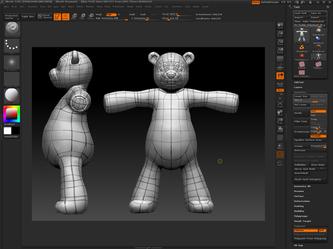
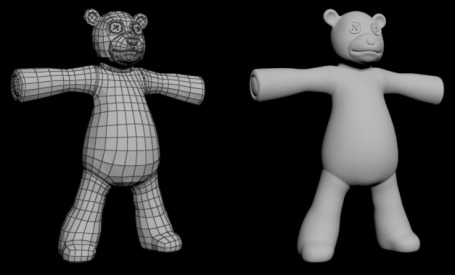
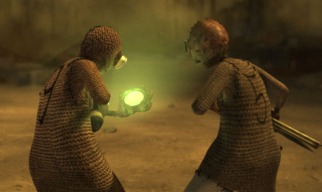
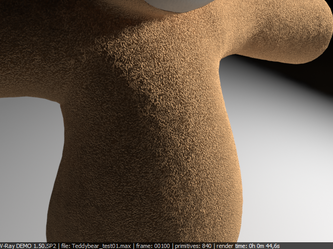
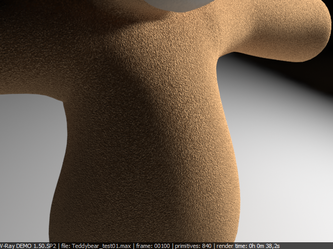


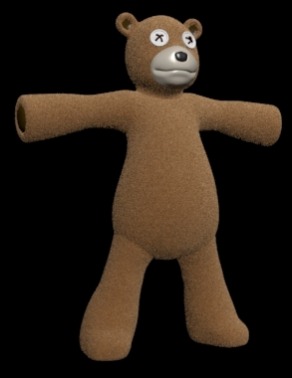
 RSS Feed
RSS Feed